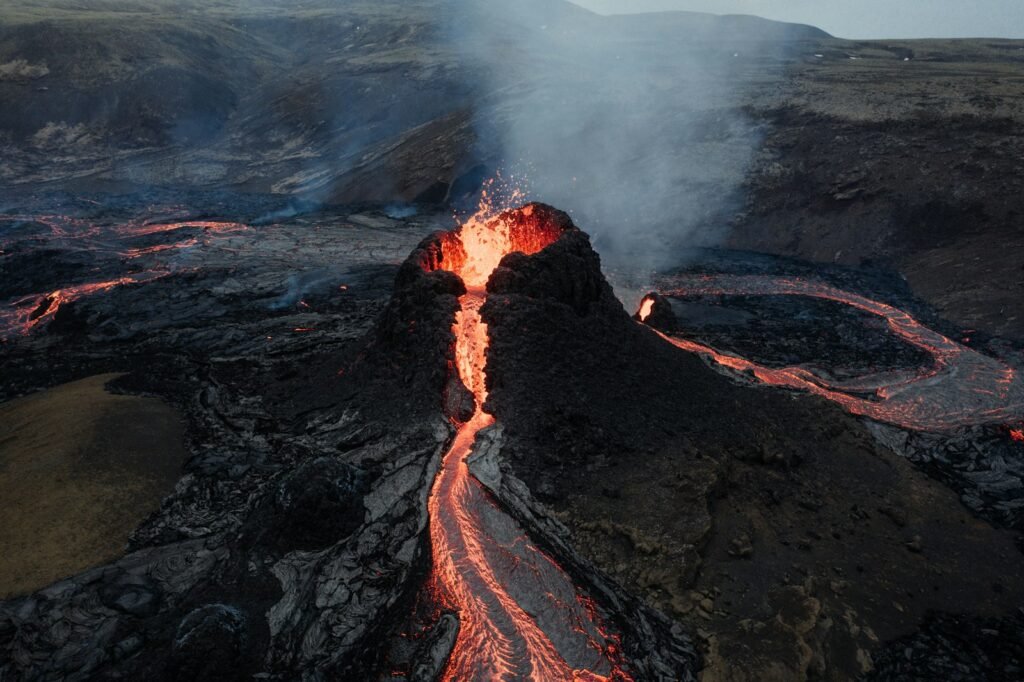The question sounds like science fiction, yet it keeps sneaking into serious conversations: could consciousness be woven into the fabric of the cosmos? Astrophysicists don’t claim the universe thinks like a person, but new ways of measuring information, complexity, and correlation are pushing old boundaries. As telescopes peel back earlier epochs of space-time and supercomputers model reality in dizzying detail, the line between matter and information blurs. The mystery is simple to state and hard to shake: if consciousness emerges from matter, and matter is everywhere, how far does the possibility stretch? That tension – between wonder and rigor – now animates a small but growing debate at the edges of cosmology.
The Hidden Clues

I still remember standing under a Nevada sky so black it felt like a cathedral, wondering whether the stars were only silent or simply too vast to register our kind of signal. That feeling echoes a quiet shift in research: astronomers increasingly treat the universe less like a static stage and more like a dynamic information system. From black hole entropy to patterns in the cosmic microwave background, nature keeps hinting that information is not just a description but a physical resource. If information shapes how energy flows and structures form, some scientists ask whether the right kind of information dynamics could resemble the building blocks of awareness. No one claims telescopes can detect thoughts in nebulae, but the search for structured, integrated information has become a legitimate scientific pursuit. The hook is not mystical longing – it’s the persistent appearance of information as a load-bearing pillar in physics.
What Scientists Mean by Consciousness
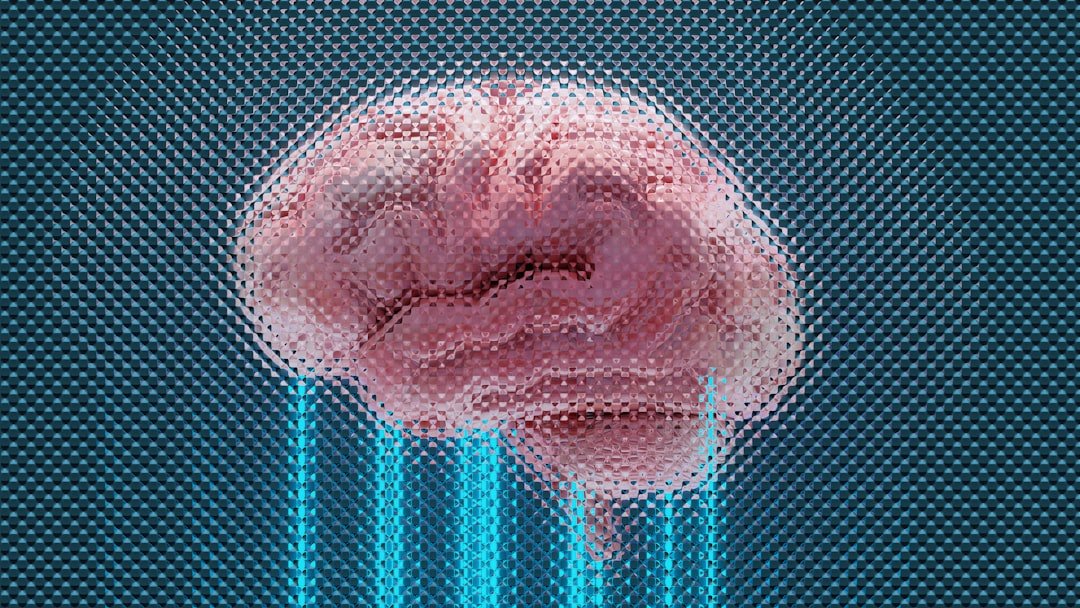
Before anyone can argue about a conscious universe, researchers need a shared language for consciousness itself. In neuroscience, one active approach treats consciousness as the capacity of a system to integrate information across many parts, producing a unified, flexible internal model. That framing avoids metaphysical declarations and focuses on measurable properties: integration, complexity, and causal power. Translating those ideas to astrophysics is treacherous, but the logic is straightforward: if integration and complexity are key, then perhaps extreme, long-range networks in the cosmos might exhibit telltale signatures. The challenge is to define those signatures in ways that are testable and not just poetic metaphors. That’s why many astronomers talk about information architectures rather than minds in the sky.
From Ancient Ideas to Modern Science
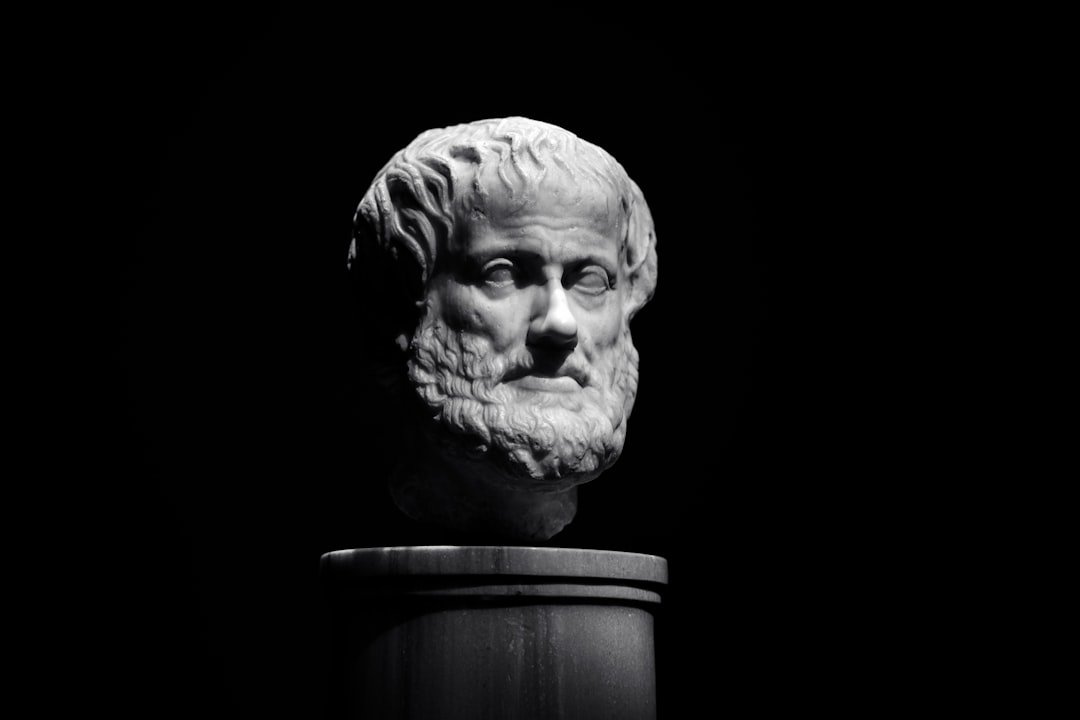
Philosophers have long floated versions of panpsychism, the notion that consciousness is a basic feature of reality rather than a late add-on. Modern science recasts that old idea with mathematical tools, treating mind-like qualities as questions about structure and causation. Instead of asserting awareness everywhere, researchers ask whether certain physical systems exhibit integrated, self-organizing information dynamics that could, in principle, support conscious processes. The move from myth to metric is the story here: old hunches meet new measures. Cosmologists, for their part, bring insights from thermodynamics, statistical mechanics, and quantum theory, where information is already central. The result is a fragile but fascinating bridge between ancient wonder and laboratory discipline.
Signals in the Sky: Information, Not Just Matter
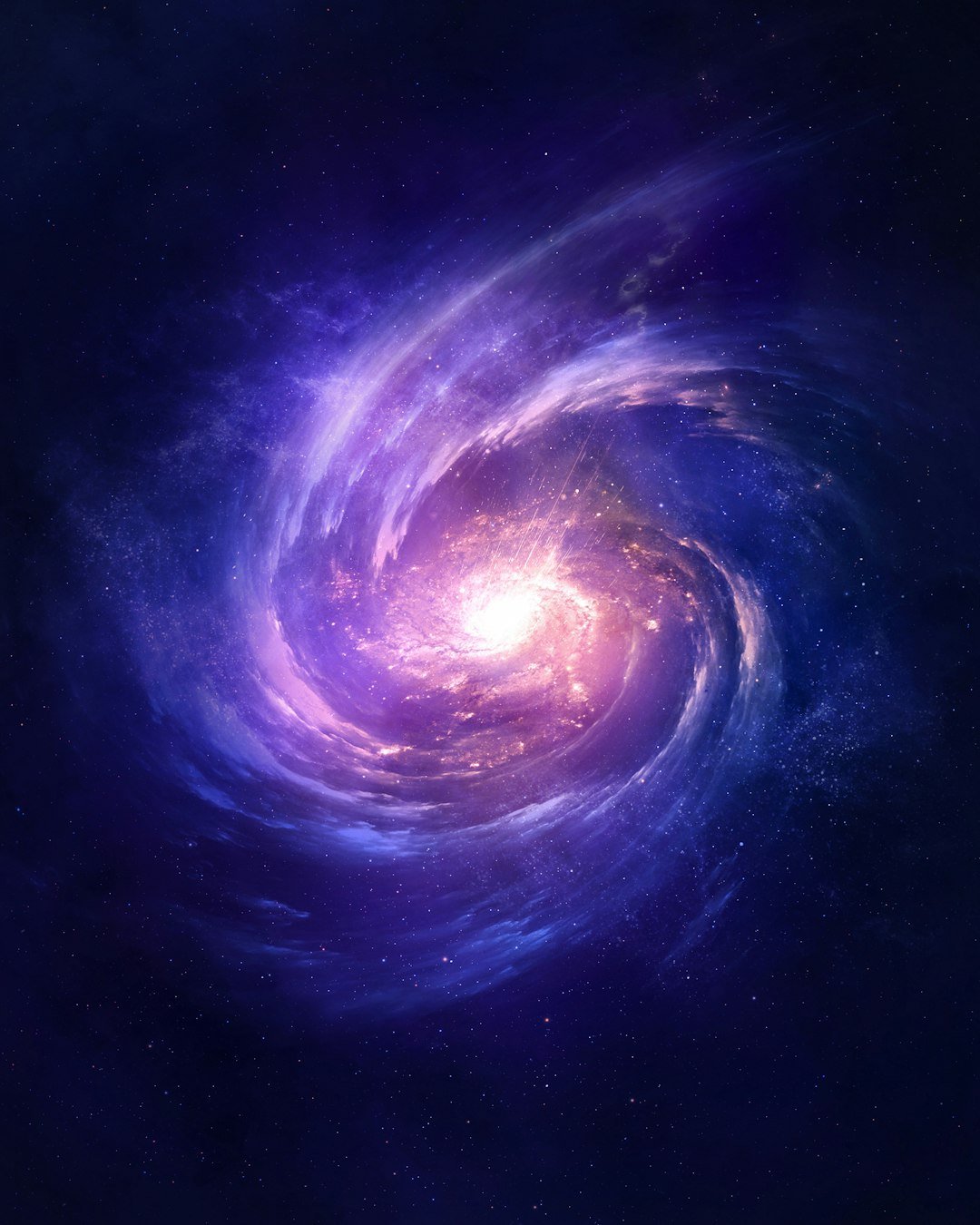
Astrophysics now tracks information flows as carefully as it counts stars. Black hole thermodynamics ties the area of an event horizon to the information content of what fell in, suggesting limits on how nature stores data. Large-scale surveys map cosmic structure to test whether the distribution of galaxies encodes unexpectedly rich, non-random patterns beyond gravity’s handwriting. Quantum experiments use distant astronomical sources to set measurement choices, probing whether correlations truly defy classical explanations across cosmic distances. None of this proves the universe is aware, but it sharpens a crucial question: do some cosmic systems integrate information in ways that resemble the preconditions for consciousness? By treating information as a physical currency, astronomers turn an old riddle into a suite of experiments.
Why It Matters

This subject can sound like a parlor game until you consider what’s at stake. If consciousness links to specific information structures, then our theories of mind and our theories of matter may finally share a common mathematical spine. Medicine could benefit from better markers of awareness in brain injuries, while AI safety debates would gain clearer criteria for when a system might deserve moral consideration. In physics, a deeper grasp of information could clarify puzzles from the arrow of time to the fate of data in evaporating black holes. And culturally, the conversation reshapes our place in the universe: are we rare sparks or standard outcomes of complex information dynamics? Even skepticism pays off, because it forces tighter definitions and sharper experiments.
The Skeptics’ Ledger
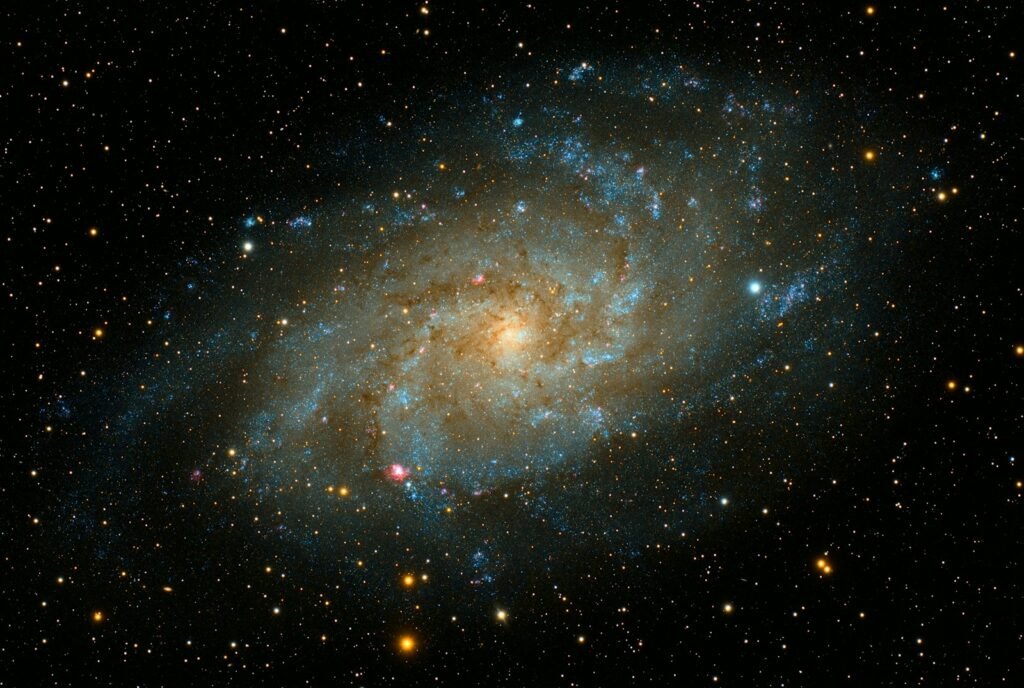
Mainstream astrophysicists do not endorse a conscious cosmos, and their caution is more than academic conservatism. The first objection is definitional: without operational tests that rule out simpler explanations, the claim dissolves into metaphor. A second objection is scale: systems like brains are exquisitely organized, energy-intensive, and evolution-shaped, while the universe is diffuse, cold, and mostly empty. A third is parsimony: gravity, thermodynamics, and quantum field theory already explain observed patterns without invoking mind-like properties. Skeptics also note that complexity alone is not consciousness; hurricanes and galaxies self-organize without inner experience. The burden, they argue, is to produce predictions that distinguish information-rich physics from genuinely consciousness-relevant organization.
Global Perspectives

The conversation spans disciplines and continents, which is both its strength and weakness. Neuroscientists refine measures of integration in human and animal studies, while computer scientists stress-test those metrics on artificial systems. Physicists, from gravitational theorists to observers, ask what would count as a falsifiable sign of consciousness-adjacent organization at non-biological scales. Philosophers push for conceptual clarity, warning against category errors that smuggle human traits into cosmic dynamics. Across labs and observatories, the common thread is humility: treat consciousness as an empirical target, not a slogan or a taboo. That cross-pollination is already generating better questions, even when it fails to produce easy answers.
The Future Landscape

The next decade will likely be decided by measurements, not manifestos. On the brain side, improved imaging and perturbation tools will refine how integration and causal power are estimated in living networks. On the cosmos side, deeper sky surveys and gravitational-wave catalogs will map structure and dynamics with unprecedented fidelity, letting scientists test whether certain regions or eras exhibit anomalous information signatures. Advances in quantum sensing could reveal subtler correlations across extreme distances, probing the boundary between classical order and quantum weirdness. Meanwhile, theoretical work will formalize what counts as a consciousness-relevant architecture, stripping away hand-waving. If this enterprise fails, it will fail usefully – by teaching us exactly why the universe supports minds without being one.
What You Can Do Next

Stay curious but keep your critical filters switched on, the way a good observer shields their lens from glare. Follow studies that report concrete, testable metrics rather than sweeping claims, and support science literacy efforts that explain information theory in plain language. Public data from sky surveys and gravitational-wave detectors increasingly invite citizen scientists to explore patterns; joining those projects helps separate signal from noise. Encourage transparent debate across physics, neuroscience, AI, and philosophy, because breakthroughs often happen where fields collide. If you donate or advocate, prioritize programs that publish open data and pre-registered analyses, making bold ideas answer to hard evidence. Curiosity is a compass – but in science, accountability is the map.

Suhail Ahmed is a passionate digital professional and nature enthusiast with over 8 years of experience in content strategy, SEO, web development, and digital operations. Alongside his freelance journey, Suhail actively contributes to nature and wildlife platforms like Discover Wildlife, where he channels his curiosity for the planet into engaging, educational storytelling.
With a strong background in managing digital ecosystems — from ecommerce stores and WordPress websites to social media and automation — Suhail merges technical precision with creative insight. His content reflects a rare balance: SEO-friendly yet deeply human, data-informed yet emotionally resonant.
Driven by a love for discovery and storytelling, Suhail believes in using digital platforms to amplify causes that matter — especially those protecting Earth’s biodiversity and inspiring sustainable living. Whether he’s managing online projects or crafting wildlife content, his goal remains the same: to inform, inspire, and leave a positive digital footprint.




